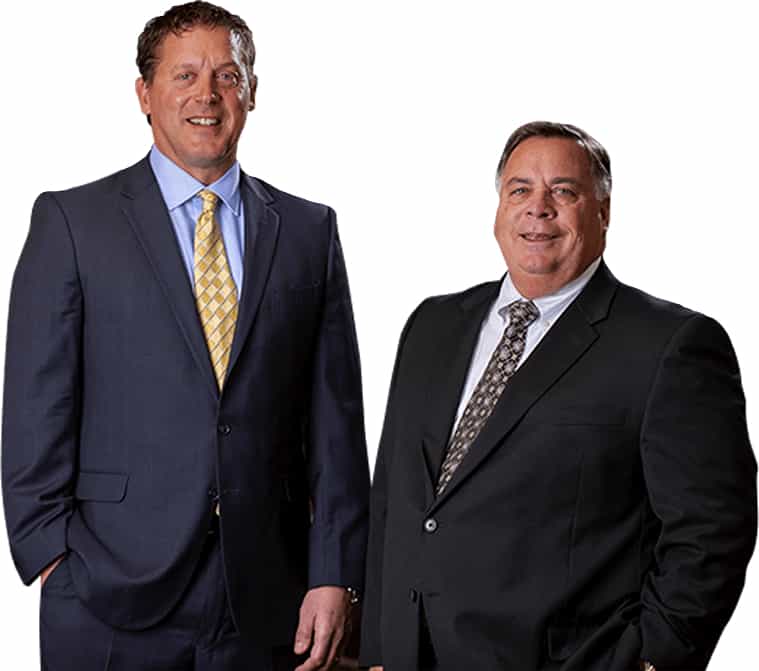The expression “a picture is worth a thousand words” may be a cliché, but it’s certainly true in the context of a car accident personal injury lawsuit. When you take your case to a jury, you want to paint a picture of your accident and your injuries so that you fully convey the seriousness of what’s happened to you. There’s no better way to do that than to take an ample number of photographs.
But not all photographs are of equal value. You want your pictures to carry as much weight as possible, so exercise some care when photographing the accident scene and your injuries. And if you’re unable to take pictures of the accident scene on your own, then have a family member or friend help.
Tips for taking accident scene photographs
Although some pictures are better than no pictures, there are certain practices you can utilize to ensure you’re capturing what you need to in your accident scene photographs. This includes the following:
- Not being afraid to take too many pictures: Don’t be afraid of taking too many accident scene photographs. You can always pick and choose the best ones to use later on. That’s a much better position to be in than not having enough photos, which could make it more difficult to prove your case.
- Capturing the entire scene and its surroundings: While you’ll certainly need to take pictures of the damage caused to the vehicles involved in your wreck, you’ll want to be much more detailed than that. Be sure to capture pictures of the inside of your vehicle, even taking close snapshots of certain areas, including the steering wheel, dashboard, and anywhere else your body may have impacted. Also, take pictures of tire marks, nearby traffic signs and signals, and any intersections that were involved in the accident. Remember, photographing as much as you can is going to be better for you in the long run.
- Taking pictures with and without flash: Some photos require a flash to capture a clear image. Others don’t. By taking pictures with and without flash, you ensure that you’ll get the clear image that you need.
- Photographing witness contact information: You might be tempted to write down the names and contact information for witnesses who observed your accident, but the adrenaline pumping through your system can lead to transcription errors. And if you can’t contact key witnesses, then your claim and your recovery are jeopardized. For that reason, it’s a good idea to take a picture of contact information provided to you by each witness, which is hopefully written in their own hand or comes from their identification.
There are other aspects of your case that you might want to capture in visual form. This includes the weather, which can speak to road conditions and whether the other driver was operating their vehicle inappropriately under the circumstances, and your injuries. Again, be as thorough as you can here so that you have the evidence you need going into your car accident personal injury case.
Use your evidence to build a persuasive personal injury case
If you want to recover compensation for the harm that’s been unfairly caused to you, then you need to build a strong personal injury claim. While accident scene and injury photography can play a crucial role, there are a lot of other moving parts that you’ll need to address in your case. So, as you prepare to enter the personal injury legal arena, make sure you have a full understanding of the law, how it applies to your case, and what you can do to maximize your chances of success.


